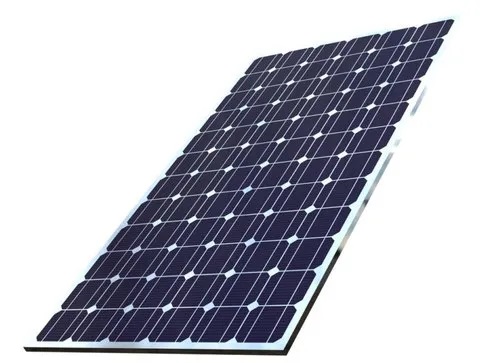4. Busbar Technology:
- More Busbars (e.g., 16BB, 18BB):
- Panels with more busbars generally have better performance in terms of efficiency and durability.
- Advantages:
- Increased tolerance to microcracks and shading.
- Reduced resistance and power loss within the panel, leading to slightly higher output.
- Disadvantages:
- Can increase the cost slightly due to more complex manufacturing processes.
- Fewer Busbars (e.g., 4BB, 5BB):
- Panels with fewer busbars are simpler and may be cheaper.
- Advantages:
- Lower cost.
- Suitable for applications where high durability and performance under shading are less critical.
- Disadvantages:
- Increased susceptibility to microcracks and slightly lower efficiency compared to higher busbar panels.
5. Temperature Coefficient:
- Temperature coefficient is a measure of how much the panel’s efficiency drops as the temperature increases. Panels with lower temperature coefficients perform better in hot climates.
- Monocrystalline panels generally have a better temperature coefficient than polycrystalline or thin-film panels, meaning they will retain more efficiency in high temperatures.
6. Application-Specific Considerations:
- Roof Space:
- If roof space is limited, choosing higher-efficiency panels (monocrystalline with more cells) can maximize power output in a smaller area.
- Shading Issues:
- Panels with more busbars or half-cut cells can better tolerate shading, reducing power loss when a portion of the panel is shaded.
- Off-Grid vs Grid-Tied:
- Off-grid applications may prefer lower voltage panels to match battery voltages (e.g., 12V or 24V systems), while grid-tied systems typically benefit from higher voltage panels to better match inverter input ranges.
To choose the right cells for photovoltaic panels of the same power, consider the specific application, efficiency, and environmental conditions:
- High-efficiency and high-cell-count panels (e.g., 60 or 72 cells) are ideal for grid-tied systems with limited space and high power requirements.
- Lower-cell-count panels (e.g., 36 cells) are better for off-grid applications, portable solar, or where simplicity and size are key.
- Monocrystalline cells are the best choice for efficiency and space-limited applications, while polycrystalline or thin-film cells may be more cost-effective for larger areas or budget-conscious projects.


